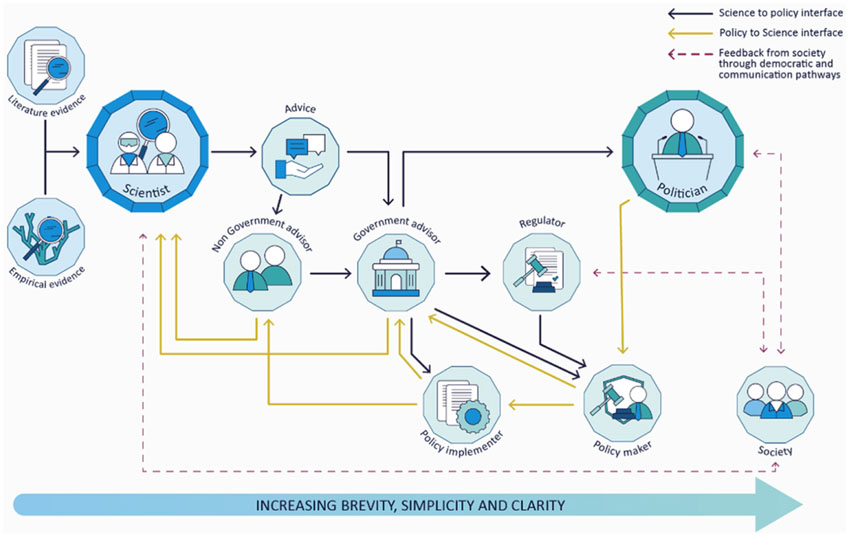AZTI warns of the ‘urgent need’ to adapt to the impact of climate change on the Basque coastline
Últimas noticias
When Marine Science Doesn’t Reach Shore: Why Better Communication Can Help Save the Ocean
[EATrends] Food (In)security: A Defining Challenge for the Next Decade
Could Mussels Save Humanity, again?
Andrea del Campo and Manuel González (experts in Operational Oceanography at AZTI) participated in the recent conference organised by Protecma, entitled ‘Methodologies and tools for the estimation and analysis of climate change risks in the coastal and marine environment’ with a presentation on the vulnerability and adaptation to the impact of climate change on the Basque coast. Under the title ‘From diagnosis to the Law on Energy Transition and Climate Change in the Basque Country. Towards an Adaptation Plan against coastal risks due to sea level rise’, the researchers highlighted the analysis carried out within the framework of the KOSTAEGOKI project, developed by Ihobe. According to the researchers, ‘we have a diagnosis reasonably adjusted to the dimensions of the problem’, and they also proposed solutions to mitigate coastal impacts.
Índice de contenidos
Diagnosis of the situation: a growing problem
It was stressed that 60% of the Basque population and 18% of the territory are exposed to climate risks in the coastal zone, which faces serious problems of land artificialisation and demographic pressure. The analysis detailed the most significant changes observed in the coastline during the 2002-2004 period, including an increase in artificial areas and the regeneration of wetlands and dunes, but also worrying losses in areas of intertidal sands and transitional waters. According to AZTI researchers, these changes highlight the urgent need for adaptation.
The impact of climate change on the Basque coastline
The rise in sea level and the increase in atmospheric temperature represent major challenges for the region, affecting both natural habitats and the everyday life of the population. The presentation highlighted that, while the potential for adaptation is significant, some limits and barriers require integrated and coordinated solutions.
Towards an adaptation plan for Zarautz
One of the most outstanding examples was the risk analysis and adaptation of the Zarautz waterfront, one of the actions of the LIFE IP Urban Klima 2050 project. The proposed measures include the remodelling of accesses to the beach, the installation of ramps and stairs that are more permeable to waves, and the adaptation of pedestrian accesses, with the aim of minimising the impacts of rising sea levels.
Regulatory development and governance
Finally, emphasis was placed on the need to incorporate criteria for the use and exploitation of climate information in territorial and sectoral planning tools, such as the General Urban Development Plans (PGOU) and other instruments. The importance of having an adapted regulatory framework and sound governance to face the long-term challenges of climate change was also underlined, not forgetting the conflict that may arise from land use competition in coastal areas.







